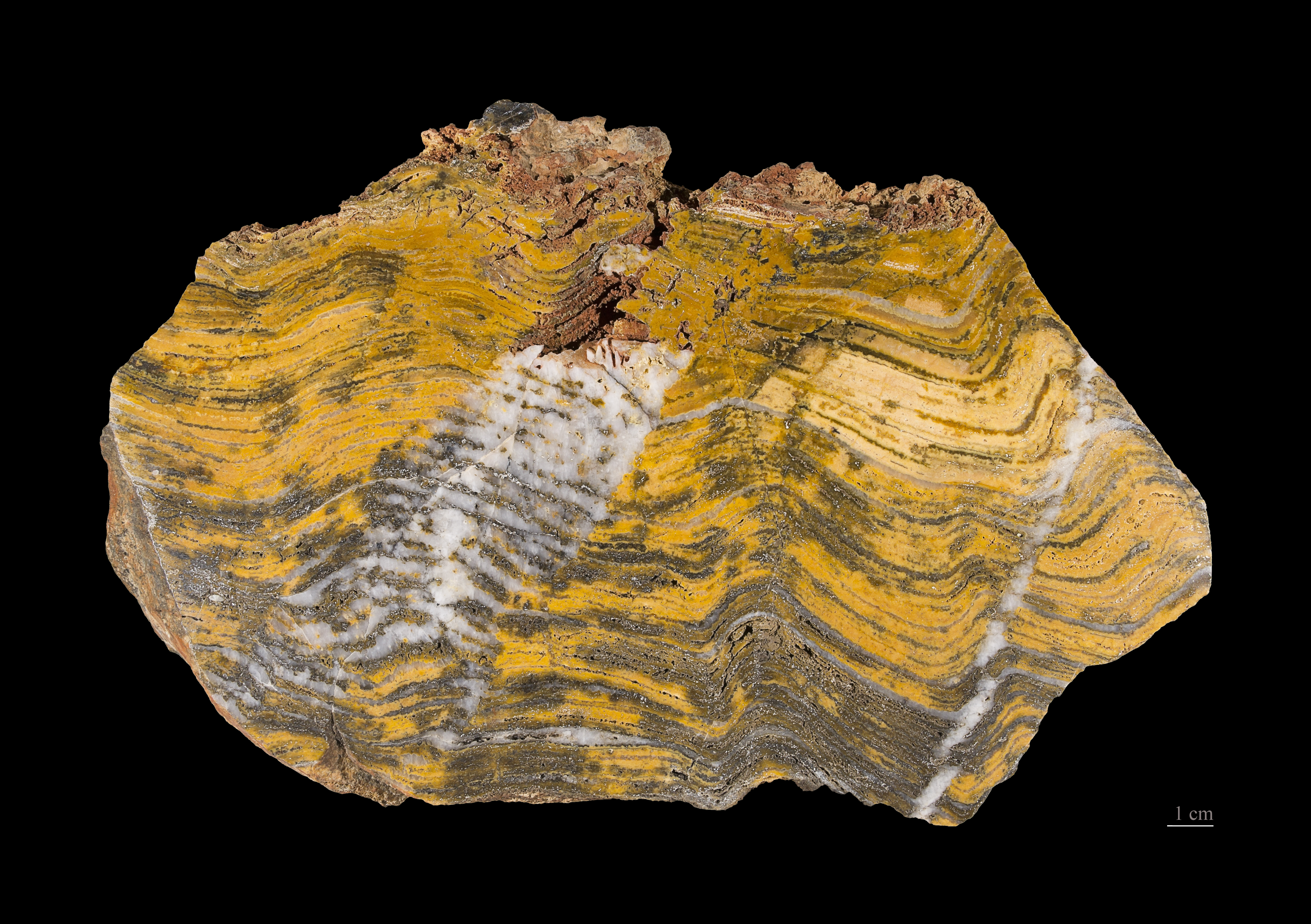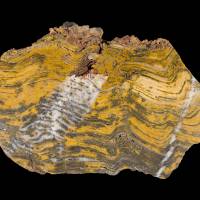What may be the oldest complete fossil on Earth paints a smelly but colorful picture of our microbial ancestors from nearly 3.5 billion years ago.
The fossil is the remains of what once was a slimy, smelly, purple-and-green mat of single-celled microbes that worked, lived and even communicated in what was a lot like a prehistoric microscopic society.
Nora Noffke of Old Dominion University in the U.S. found the remnants of this life in sandstone rock in Western Australia.
This is likely an ancestor of ours, researchers said.
This tiny fossilized mat, about 8 mm thick, appears to be about 300 million years older than previous complete ancient fossils and about the same age as less complete and still debatable fossils, said study co-author Robert Hazen, a mineralogist at the Carnegie Institution of Science in Washington. He said life on the mat probably had turned sunlight into energy, but probably producing "horribly smelly" sulfur instead of oxygen.
The research was published online last week in the journal Astrobiology.
NASA astrobiologist Abigail Allwood, who found slightly younger fossils a few years ago, said it is challenging to prove the fossil contained life. But Hazen said they used dozens of criteria to show that the microscopic features fit with what science knows about ancient life.
If you had walked the Australian beaches of 3.5 billion years ago, you would see this "slimy mass of purple or brown fibers emitting this stench of sulfur compounds but living very happily," Hazen said.


















With your current subscription plan you can comment on stories. However, before writing your first comment, please create a display name in the Profile section of your subscriber account page.